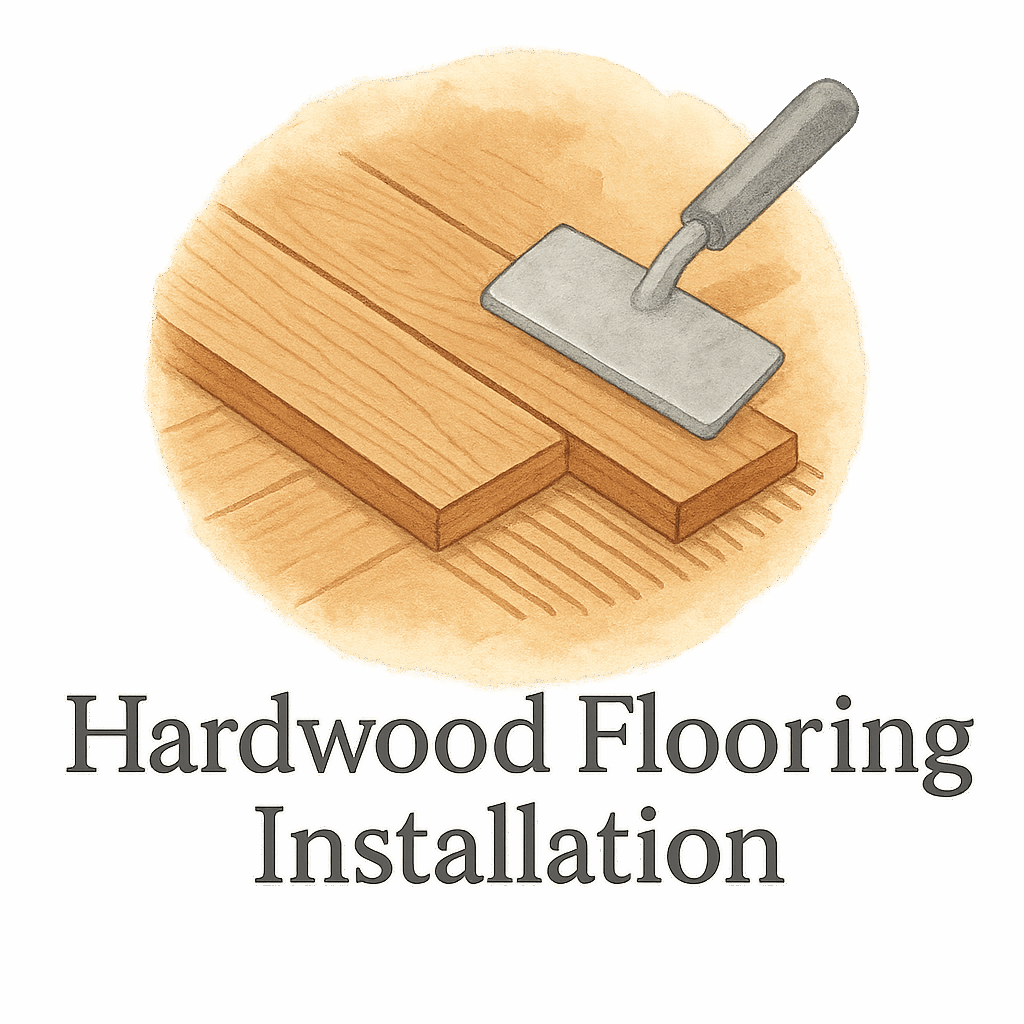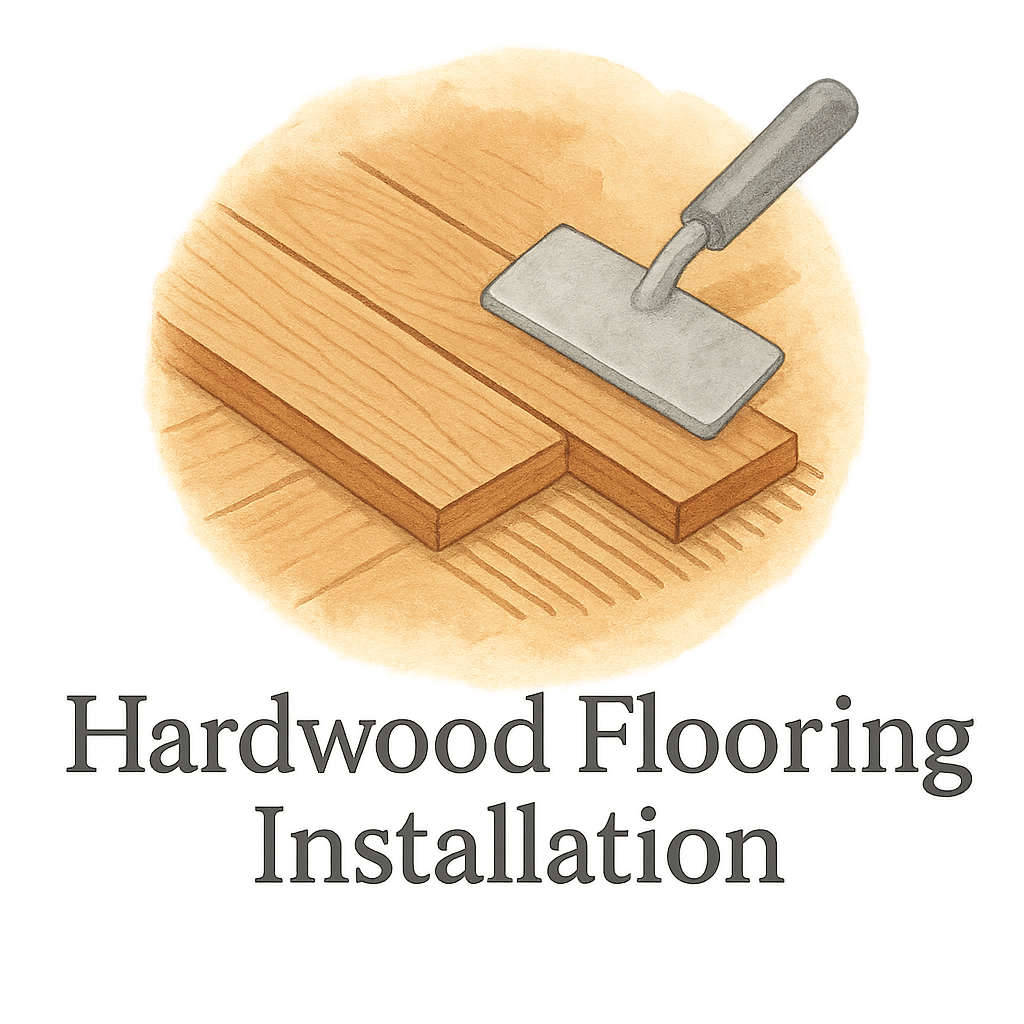So, you’re finally ready to dive into hardwood flooring installation all by yourself? That’s awesome—and totally doable! Whether you’ve been binge-watching DIY shows or just craving a home upgrade, hardwood flooring is one of those projects that offers both beauty and value. Let’s walk through everything you need to know—without the jargon and with the links you’ll actually use to succeed.
Why DIY Hardwood Flooring Is Totally Doable
Taking on a DIY hardwood flooring project may sound intimidating, but with the right tools, tips, and a bit of patience, even first-timers can absolutely pull it off. Plus, doing it yourself saves a chunk of change.
And let’s be honest—there’s something super satisfying about walking on a floor you installed with your own two hands.
Before anything else, make sure to check out the full range of flooring prep tips at flooringcontractorplanofbs.com/flooring-preparation.
Prepping Like a Pro
Measure Twice, Cut Once
You’ve heard this before, and for good reason. Accurate measurements are the foundation (pun intended) of a smooth installation. Get a tape measure and don’t eyeball it—this isn’t a guessing game.
Choosing the Right Hardwood Flooring
Solid or engineered? Oak or maple? Choose based on your home’s climate, traffic level, and style. Get pro advice on the best flooring materials that match your needs.
Know Your Layout Game
Planning your layout is everything.
Planning Patterns and Direction
Want a diagonal layout? Or a traditional straight plank? Explore layout patterns and guides to avoid costly layout mistakes.
Acclimating Your Hardwood
Here’s a rookie mistake to avoid: not letting your hardwood acclimate to the room’s environment. Leave the wood in the room for at least 3 days to prevent expansion issues later.
Tools and Materials You’ll Need
Must-Have Tools for DIY Hardwood Installation
You don’t need a fancy workshop, but these are essentials:
- Tape measure
- Chalk line
- Nail gun or flooring stapler
- Pry bar
- Table saw or miter saw
Get the full toolkit checklist on DIY Flooring Tools & Materials.
Picking the Best Materials
Use underlayment for moisture protection and sound dampening. Check out this full DIY flooring installation guide for a material-by-material breakdown.
Step-by-Step: 10 DIY Tips You Can Trust
Tip #1: Start with a Clean, Prepped Subfloor
No dust, no nails, no squeaks. Clean it thoroughly. You can get help here: flooring-preparation.
Tip #2: Use a Chalk Line for Accuracy
Snap a line to keep your planks perfectly aligned—especially that crucial first row. One crooked board and it’s game over.
Tip #3: Always Dry Fit First
Dry fitting is like a dress rehearsal. Lay out several rows without nails to check spacing and board variation.

Tip #4: Nail It—But Not Too Much
Over-nailing can split the wood. Under-nailing? That leads to loose boards. Use a flooring nailer for consistency.
Tip #5: Mind the Expansion Gap
Hardwood expands and contracts. Leave at least a 1/2-inch gap around the perimeter to prevent buckling.
Tip #6: Keep the Rows Tight and Straight
Use a mallet and tapping block to snug boards together. Straight rows make the whole floor look professional.
Tip #7: Stagger the Boards Like a Puzzle
Avoid H-joints. Offset the seams at least 6 inches apart for strength and appearance. Learn more about patterns on our layout tag.
Tip #8: Cut with Precision Tools
Use a miter saw for clean edge cuts. Don’t force your way through cuts—let the blade do the work.
Tip #9: Transition Strips Are Your Friend
If your new floor meets tile or carpet, use transition strips for a clean, safe border.
Tip #10: Clean and Inspect As You Go
Every few rows, stop and check your work. Sweep regularly to avoid trapped dust. Get cleaning help here: floor cleaning tips.
Maintenance After Installation
Cleaning Tips to Keep It Gleaming
A microfiber mop and hardwood floor cleaner go a long way. Avoid water puddles like the plague!
What to Do If You Notice Damage
Got a scratch or dent? Touch-up kits work wonders. For bigger issues, hit up the repair and maintenance section.
Common Mistakes First-Timers Should Avoid
Rushing the Prep Work
Skip prep and you’re basically begging for trouble. Proper prep is half the job.
Skipping the Underlayment
It’s not optional. Underlayment adds insulation and sound control. Don’t make this common mistake.
Overlooking Floor Leveling
Your floor must be level. Uneven subfloors lead to wobbly boards. A straight edge can help you spot high and low spots easily.
Final Thoughts
Installing hardwood flooring yourself is no small feat, but it’s absolutely worth it. With proper planning, the right tools, and these 10 trusty tips, you can lay a floor that’ll wow your guests and boost your home’s value. Remember to take your time, enjoy the process, and tap into resources like flooringcontractorplanofbs.com to guide you every step of the way.
Whether you’re looking for the best installation tips, advice on DIY projects, or ways to avoid flooring mistakes, you’re covered.
FAQs
1. How long does it take to install hardwood flooring for a beginner?
Usually, a standard 200–300 sq. ft. room can take 2–3 days including prep and cleanup.
2. What type of hardwood is easiest for first-time DIYers?
Engineered hardwood is easier to install than solid hardwood due to its click-lock systems.
3. Do I really need underlayment for hardwood?
Yes! Underlayment improves comfort, insulation, and durability. Learn more here.
4. Can I install hardwood over existing flooring?
In some cases, yes—but it depends on the material and height. Read our floor prep guide for details.
5. What’s the best way to handle cuts around doorways?
Use a jamb saw to trim door casings so planks can slide under neatly.
6. Should I glue or nail hardwood flooring?
It depends on the subfloor and wood type. Solid hardwood is usually nailed, engineered may be glued.
7. How do I estimate the total cost for DIY installation?
Use this calculator and advice on flooring cost estimation to budget smartly.


